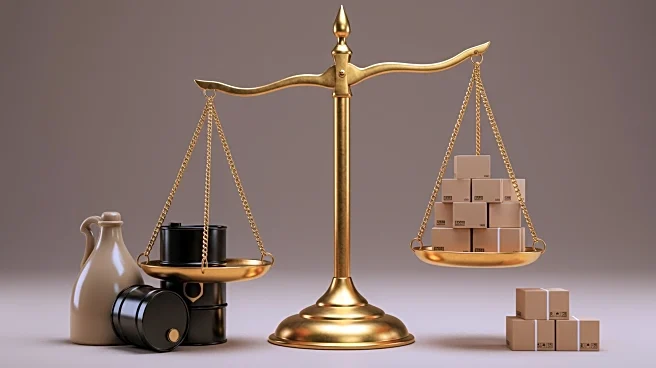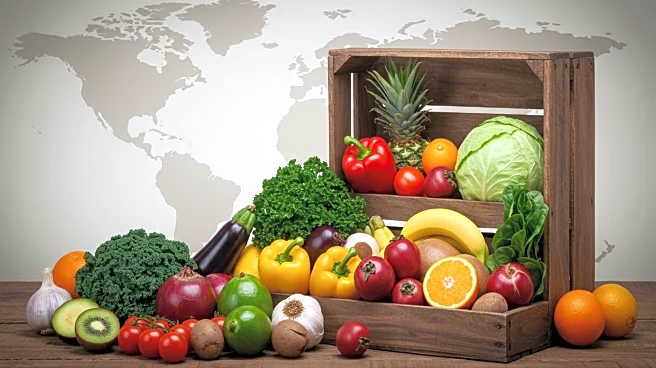Rapid Read • 7 min read
President Trump has implemented a 50% tariff on 407 categories of goods containing steel and aluminum, effective immediately. These products, including butter knives, baby strollers, spray deodorants, and fire extinguishers, were previously excluded from such high tariffs but were subject to country-specific levies. The U.S. Customs and Border Protection and the U.S. Commerce Department announced the new tariffs, which apply to both steel and aluminum components and other applicable levies on non-metal parts. This decision places U.S. importers in a difficult position, as they must choose between accepting goods at higher costs or potentially losing money by refusing delivery. The move aims to support the American steel and aluminum industries by closing loopholes for tariff circumvention.
AD
The imposition of these tariffs is significant as it affects various sectors, including construction, automotive, and electronics, by increasing production costs. Importers may struggle to absorb the 50% tariff, potentially leading to higher consumer prices. This action is part of President Trump's broader strategy to revitalize domestic industries by reducing reliance on imported goods. However, it may also lead to increased costs for businesses and consumers, impacting economic dynamics and potentially leading to trade tensions. The tariffs could influence market prices and supply chain decisions, affecting stakeholders across multiple industries.
U.S. importers will need to reassess their supply chain strategies in response to the new tariffs. Businesses may explore alternative sourcing options or negotiate with suppliers to mitigate costs. The tariffs could prompt discussions among industry leaders and policymakers regarding trade policies and their impact on domestic industries. Stakeholders may lobby for adjustments or exemptions to the tariffs, while international trade partners might respond with their own measures. The situation requires careful monitoring as it unfolds, with potential implications for future trade negotiations and economic policies.
AD
More Stories You Might Enjoy











